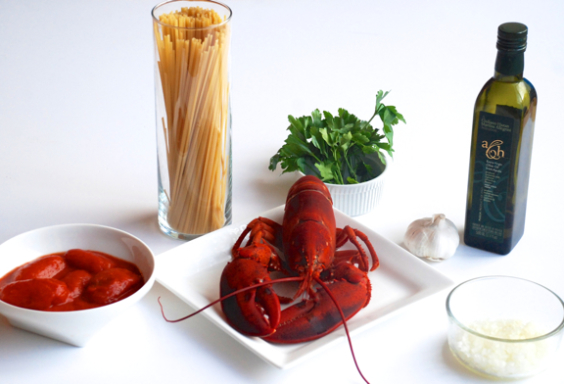The painter Jasper Johns, on whom the President has bestowed the Medal of Freedom, has described the process of painting as “you do something, then you do something to it, then you do something more.” There are many who think this could also be the way to cook. In a blog that I won’t otherwise identify, I have come across a chef’s variations on a monument of Bolognese cuisine, pork braised in milk. Besides the pork and milk, the classic version of the dish has only three other ingredients, butter, salt, and pepper. The blogger started with those, but added olive oil, a dozen garlic cloves, lemon zest, sage leaves, thyme, bay leaves, and rosemary. One of his followers approved but proposed what he called a minor improvement, adding a couple of anchovy fillets, and whipping up the sauce after it is done. Was there anything left untouched, I wonder, in these persons’ pantry?
This was an acute case of culinary vandalism, but it has a lot of company. It is but one instance of a widespread approach to cooking that is frequently described as “creative”. Those of us who have been drawn to characterizing cooking as an art – and I was once among the guilty – are partly responsible for the crowds that gather under the misleading banner of creativity. It is time at long last to peel off the pretentious label of “art” and see cooking for what it is.
 What Mr. Johns makes is art. He is engaged in a process that is continually in flux as the creative imperative carries it toward a not wholly prefigured destination. “The power of the mind in creation – as Shelley put it – arises from within … and the conscious portion of our natures are unprophetic of its approach or departure”. Art, a product of creativity, is neither description nor illustration, which are the products of craft. Just as cooking is the product of craft.
What Mr. Johns makes is art. He is engaged in a process that is continually in flux as the creative imperative carries it toward a not wholly prefigured destination. “The power of the mind in creation – as Shelley put it – arises from within … and the conscious portion of our natures are unprophetic of its approach or departure”. Art, a product of creativity, is neither description nor illustration, which are the products of craft. Just as cooking is the product of craft.
A cook may yield occasionally to a bent for improvisation, but she does so while taking notice of the discoveries made by the cooks who have preceded her. The procedures she follows must be prophetic of the truth she seeks. If she doesn’t know what to expect from the ingredients she is using and the steps she is taking, she shouldn’t be in a kitchen.
We should be spending our time as cooks in understanding, practicing, perfecting, and respecting a craft that is essential to our survival. We ought not to be distracted by trends, lured by fashion, obsessed by the pursuit of originality. These are not directly linked to the pleasure that well-crafted food brings. Nor do we need to look to restaurant cooking as example by which we should model our own. The craft of cooking is not only practicable at home, it was born in the home.





2 comments
A very interesting article. I totally agree with you! The last chapter totally reflects my thoughts.
Cheers,
Rosa
I completely agree with you – the best recipes don’t need adding to or tinkering with.
I wonder whether part of the problem is that in order to publish a recipe in a book as theirs, most chefs feel they have to adapt it or tweak it.
And then there is the vast crowd of bloggers who are obliged to re-write a recipe in order to publish it on their blogs without it being seen as plagiarism or recipe theft. It’s just an extra pressure on everyone to change, add and tweak, when the original would have been far better.